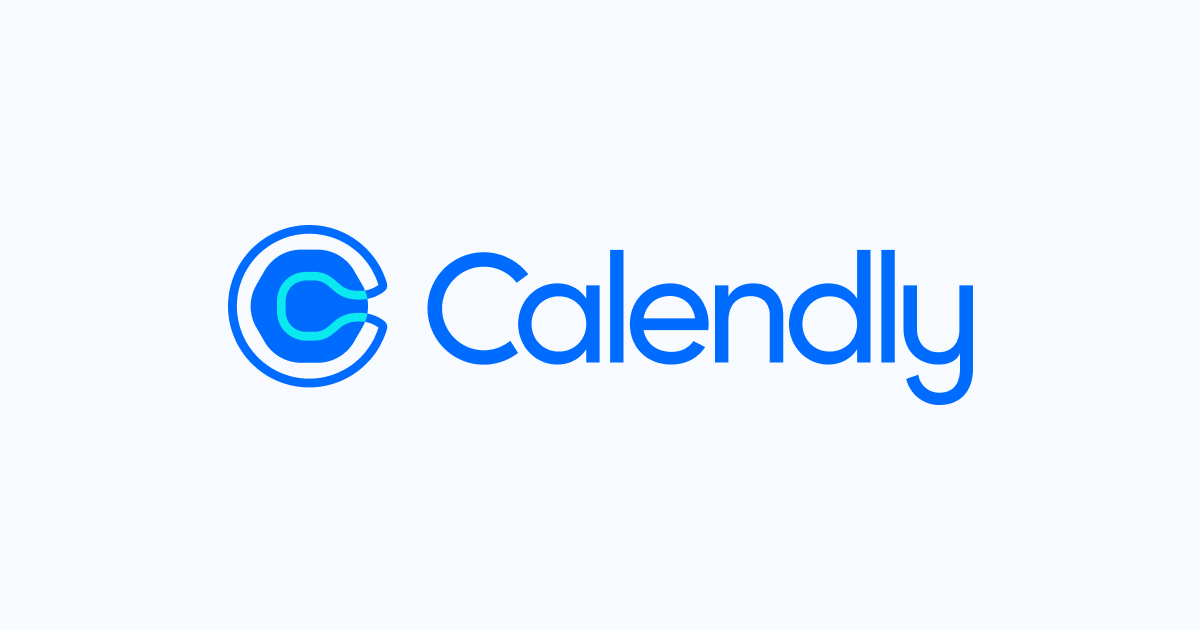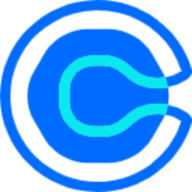
By building an automated sales engine, you can deliver the right message to the right person at the perfect moment, transforming prospects into loyal customers while maximizing your team's efficiency.
Unlike traditional funnels that focus primarily on lead capture, a sales engine represents a more comprehensive, self-sustaining system that generates, nurtures, and converts leads while continually optimizing performance. This guide will walk you through building an automated sales engine that drives predictable revenue growth for your B2B business.
Understanding the B2B Sales Engine Concept
A sales engine is more than just a funnel—it's an integrated system that combines marketing, sales, and customer success into a cohesive revenue-generating machine. While funnels often imply a linear progression, an engine suggests ongoing momentum and continuous operation that drives business growth.

How B2B Automation Differs from B2C
B2B decisions are rational and considered, typically involving multiple stakeholders and extended evaluation periods. Your automated engine must account for this complexity by providing educational content that addresses specific business problems and offers expert insight throughout the extended buyer's journey.
The Marketing-Sales Connection
Though often discussed separately, marketing and sales represent different functions within the same revenue engine. Marketing generates awareness and qualified leads, while sales converts those leads into paying customers. Automation helps bridge these functions, ensuring seamless handoffs and consistent messaging across both domains.

The Tangible Benefits of a Sales Engine Automation
Implementing an automated sales engine delivers significant competitive advantages:
- Increased Efficiency: Automation handles repetitive tasks, freeing your team to focus on high-value activities like strategic planning and creative efforts
- Consistent Prospect Nurturing: Never lose track of prospects again. Automated systems ensure every lead receives appropriate communication at the ideal time in their journey
- Enhanced Customer Segmentation: Automation tools make it easy to segment your audience based on behavior and interests, enabling highly personalized content
- Scalable Revenue Operations: As your business grows, automation allows you to manage increasing volume without sacrificing quality or personalization
- Improved Conversion Rates: Personalized automated communications typically outperform generic messaging, leading to higher conversion rates

Building Your Automated B2B Sales Engine: A Step-by-Step Guide
Now let's go through the steps of this guide to see how you can build a sales engine for you B2B business:
Step 1: Define Your Ideal Customer Profile (ICP)
Before building your engine, you must know exactly who you're targeting. Your Ideal Customer Profile serves as the foundation for all engine components. Analyze your most successful current customers to identify patterns in industry, company size, challenges, and decision-making processes.
Document these attributes clearly—for example, "mid-sized SaaS companies in e-commerce struggling with customer churn." Your ICP should inform every aspect of your engine, from content creation to channel selection.

Step 2: Map the Customer Journey
Understand your prospect's path from awareness to purchase—and beyond. Identify what questions and concerns customers have at each stage and what content will most effectively address these needs.
A typical B2B journey includes these stages:
- Awareness: Prospects recognize a problem and discover your brand
- Interest: They engage with your content and show curiosity about your solution
- Evaluation: Prospects compare your solution to alternatives
- Decision: They lean toward purchase but need final assurances
- Purchase: The prospect becomes a customer
- Retention & Advocacy: You work to transform customers into promoters
Document the touchpoints, channels, and desired actions for each stage to create a seamless experience.

Step 3: Develop Stage-Specific Content
Content is the fuel for your sales engine. Create materials that complement each stage of the buyer's journey:
- Top of Engine (Awareness): Educational blog posts, industry reports, and social media content that addresses common pain points
- Middle of Engine (Consideration): Webinars, case studies, whitepapers, and comparison guides that help prospects evaluate solutions
- Bottom of Engine (Decision): Free trials, product demos, customized proposals, and ROI calculators that address final objections
- Post-Purchase: Onboarding sequences, customer success resources, and loyalty programs that encourage retention and expansion
From this link you can contact us:


By the way, if you're interested in one of the newest skills to learn, then make sure to read this blog post about Prompt Engineering:

Step 4: Implement Lead Generation Systems
Drive targeted traffic to your engine using a mix of channels where your ICP is most active. This might include:
- LinkedIn Outreach: With response rates of 15-25% compared to email's 2%, LinkedIn has become a powerful channel for B2B lead generation
- Content Marketing: SEO-optimized content that addresses specific search queries your prospects are using
- Targeted Advertising: Social media and search ads focused on your ideal customer profiles
- Account-Based Marketing: Personalized outreach to high-value target accounts

Step 5: Deploy Automation Technology
Select and implement technology that powers your automated engine:
- CRM Systems: Platforms that track and manage leads, ensuring they receive the right communication
- Marketing Automation: Tools that handle email sequences, lead scoring, and behavior-based triggering
- Analytics Platforms: Solutions that measure engine performance and identify optimization opportunities
Integration is crucial—your systems should work together to create seamless workflows.
Also, if you're interested in on how turn AI into a professional design critique then make sure to read this blog after this one:

Step 6: Create Automated Communication Sequences
Develop email sequences that automatically nurture leads at each stage. For example:
- Welcome Series: For new subscribers that introduces your brand and sets expectations
- Educational Sequences: That deliver valuable content based on prospect interests
- Nurturing Campaigns: That build trust and address common objections
- Re-engagement Sequences: For dormant leads that haven't interacted recently
Personalize these communications based on prospect behavior and engagement level.

Step 7: Align Sales and Marketing Teams
Your automated engine can't succeed if marketing and sales operate in silos. Create shared goals and define a smooth lead handoff process. Establish clear criteria for what constitutes a marketing-qualified lead (MQL) and sales-qualified lead (SQL).

Implement Service Level Agreements (SLAs) that outline expectations for both teams, and invest in regular syncs to address bottlenecks and refine strategies.
From this link you can contact us:

Step 8: Implement Lead Scoring
Develop a system to prioritize leads based on their engagement level and fit with your ICP. Assign points for actions like:
- Website visits and content downloads
- Email engagement and webinar attendance
- Demographic alignment with your ideal customer profile
- Specific behaviors indicating purchase intent
Automated lead scoring ensures your sales team focuses on the most promising prospects.

Key Metrics to Track and Optimize
Your automated engine requires continuous improvement based on data-driven insights. Monitor these critical metrics:
- Conversion Rates by Stage: Identify where prospects drop off and optimize those areas
- Customer Acquisition Cost (CAC): Ensure your engine remains cost-effective
- Lead Velocity Rate: Measure how quickly leads move through your system
- Email Engagement Metrics: Open rates, click-through rates, and conversions
- ROI by Channel: Determine which channels deliver the best results
Regularly review these metrics to identify optimization opportunities.

Advanced Automation Strategies
LinkedIn Automation for B2B Outreach
With its high response rates, LinkedIn deserves special attention in B2B automation strategies. Implement a structured approach:
- Identify: Use advanced filters and analytics to find ideal prospects
- Generate: Build targeted lists with accurate contact information
- Connect: Send personalized connection requests that start genuine conversations
- Nurture: Engage with prospects' content and share valuable insights
- Convert: Move conversations to meetings with natural, low-pressure approaches
Post-Purchase Automation
Don't neglect the post-purchase experience. Implement automated sequences that:
- Onboard new customers effectively
- Gather feedback through automated surveys
- Identify upsell opportunities based on usage patterns
- Renew contracts with timely reminders and offers
- Re-engage dormant accounts with win-back campaigns
Happy customers not only provide recurring revenue but also become valuable sources of referrals.
Powering Your B2B Revenue Growth
Building an automated sales engine isn't a one-time project—it's an ongoing process of refinement and optimization. By implementing the strategies outlined above, you can create a system that consistently generates, nurtures, and converts prospects with minimal manual intervention.

Remember that automation should always enhance—not replace—the human element of sales. The most effective engines combine technological efficiency with genuine personalization, creating experiences that feel tailor-made for each prospect despite being systematically delivered.
Start with a clear understanding of your ideal customer, map their journey meticulously, and select automation tools that align with your specific business needs. As you implement and refine your automated engine, you'll find yourself closing more deals, saving valuable time, and building stronger customer relationships that drive long-term growth.
Your competitors are already automating—don't get left behind. Begin building your automated B2B sales engine today and transform how you attract, engage, and delight customers tomorrow.
Ready to implement your automated sales engine? Start with one component and expand from there.
Remember: perfection is the enemy of progress—begin with what you have and optimize as you go.

From this link you can contact us:





